Soon landing in Reykjavík! Posted by hulda on Sep 17, 2015 in Icelandic culture
The ravens have returned to the villages and towns. In Iceland ravens are a seasonal sight, living the spring and summer in the countryside but spending the dark, cold season among humans. During the summer seagulls take over but come autumn they make way for the true kings who return to take their thrones atop houses, lamp posts and what few tall trees there are. Icelanders love ravens and feed them because not only are they beautiful and clever, they also bring good luck and are said to warn people who don’t know they’re in grave danger. Ravens even feature in an important role in the legend of how Iceland was found. Not surprisingly such an important bird has affected Icelandic language greatly, so let’s have a light studying day today and learn some raven-related words!
Vocabulary
Hrafn = raven.
Krummi = a fond nickname for ravens.
Hrafnsungi = a raven chick.
Krunk, að krunka = to caw like a raven. Yes, Icelandic has a verb that specifically means “ravensinging”!
Hrafnagangur = ravens being very noisy ravens. Icelandic also has a word that simply means “ravens going loudly about their business”.
Hrafnaþing = a raven assembly, a parliament of ravens. Just like it sounds like, a group of ravens getting together, usually followed up by fierce hrafnagangur.
Hrafntinna = raven-flint = obsidian, black glass of volcanic origin. No wonder that a volcanic country fond of ravens would make that connection.
Nátthrafn = a night raven, also known as a night-owl in English.
Hrafnahret = raven spell-of-bad-weather, a period of sudden coldness right before the beginning of summer (in Iceland we have beginning of summer on a set date, just as we have the beginning of winter). Another similar term for this phenomena is…
Krummaél = raven short-snowstorm, when it snows during the last three days of winter. This is actually a good sign according to folk belief, if “summer and winter freeze together” the summer becomes very beautiful and sunny.
Hrafnaklukka = Cardamine nymanii, lady’s smock; a flower.
Krummastör = Carex saxatilis, rock/russet sedge; a plant.
Hrafn-blár (also hrafnsvartur) = the first one is raven-blue, the second raven-black, but both refer to the deepest shade of black there is – coal-black or ink-black. Often used to describe the colour of someone’s hair.
Krummaolía = raven-oil – it’s brennivín! 😀
Kennings
Hrafnblóts goði = the chieftain of raven parties, if translated freely. In other words Óðinn, the one who likes to see good fighting done among humans. A raven party is a war of course.
Hrafnfæðir = raven-food… this has a gruesome meaning: it’s humans, more specifically warriors.
Hrafnvín = another one in line with the above one, raven-wine means human blood.
Blágammr = blue/black vulture = raven (Old Norse).
Blóðvalr = blood-falcon = raven; any blood-[insert bird of choice] in Old Norse tends to be a kenning for a raven.
Proverbs and sayings
Krummi verður ei hvítur þó hann baði sig. = The raven becomes no whiter though he had a bath – a tiger can’t change his stripes.
Sjaldséðir eru hvítir hrafnar. = Rarely are white ravens seen – said when something completely unusual or out of the ordinary happens.
Guð borgar fyrir hrafninn. = God pays the raven’s dues: give food to ravens and you’ll have good luck.
Að vera í hrafnafelum. = To be raven-hidden, meaning something’s lost and no one can find it. Ravens are good at hiding things!
Að vekja hrafnana. = To wake up the ravens. Ravens are always up early in the morning so if you wake them up you’re really an early bird, earliest of them all.
Að vera með krummafætur. = To have raven feet. This one’s a bit funny, it means you have your shoes on so that the right shoe is on left foot and vice versa.
Seint flýgur krummi á kvöldin. = Raven flies late into night. Sometimes there’s just not enough hours in a day to make a living, raven-wise.
Hulda recommends: Autumn foods
Rhubarb-blueberry jam (original recipe here)
1 kg rhubarb
1 kg blueberries
1 tbs water
1 kg sugar
500 g brown sugar
Cut rhubarb into small pieces. Boil with water in a pot for 15 min or until the rhubarb begins to soften. Add blueberries and boil on low heat until soft and mixed. Let cool a little.
Put in a blender and blend well. Pour back into the pot, add sugar and bring to boil again, let boil slowly for 15-20 min. Put in clean jars, let cool down before closing the lids.
This recipe makes quite a lot of jam, so you can easily halve the ingredients if you don’t need this much. 🙂

Build vocabulary, practice pronunciation, and more with Transparent Language Online. Available anytime, anywhere, on any device.
About the Author: hulda
Hi, I'm Hulda, originally Finnish but now living in the suburbs of Reykjavík. I'm here to help you in any way I can if you're considering learning Icelandic. Nice to meet you!



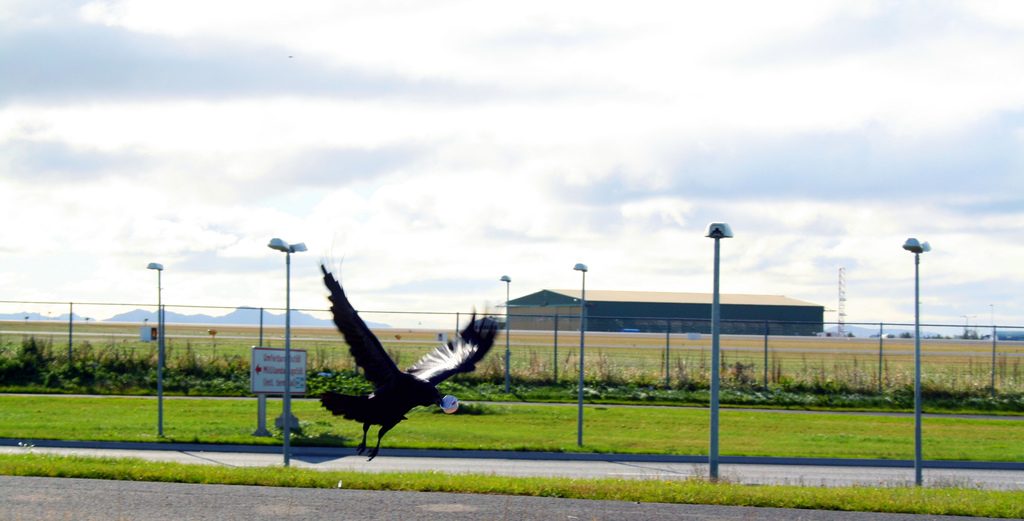
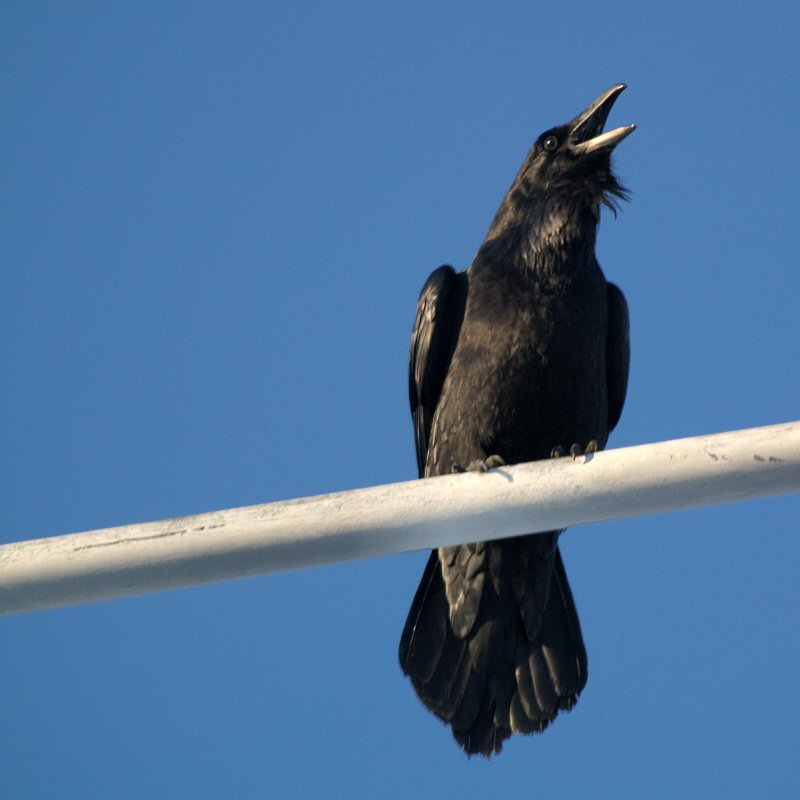
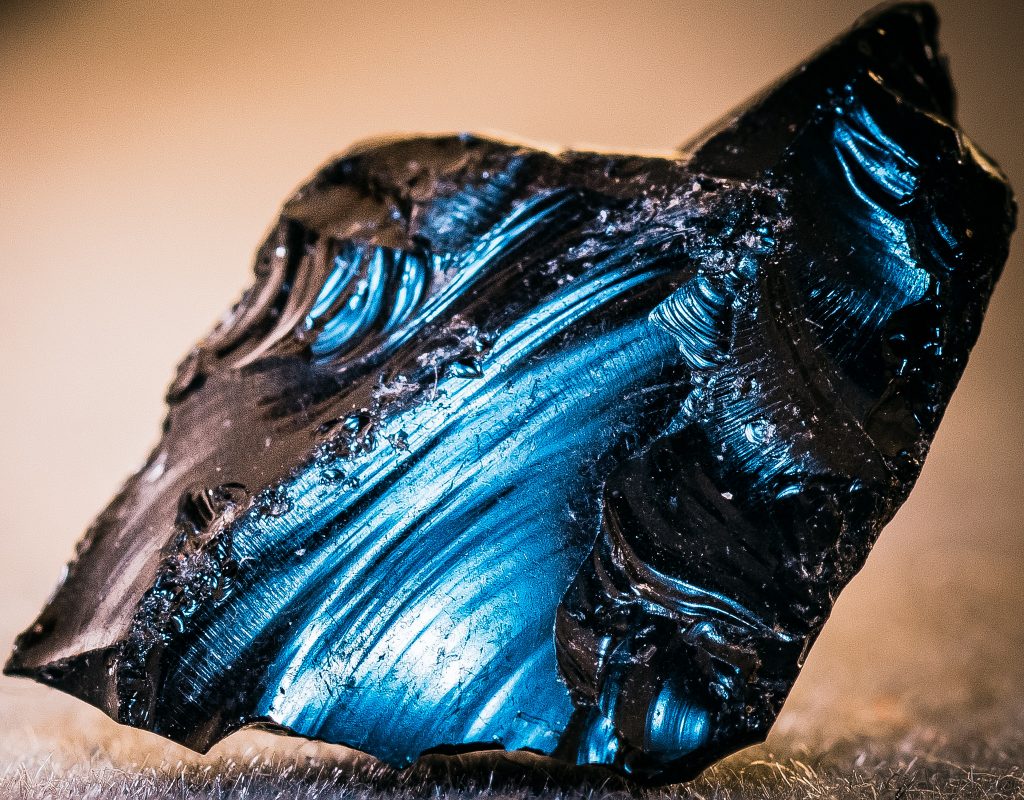
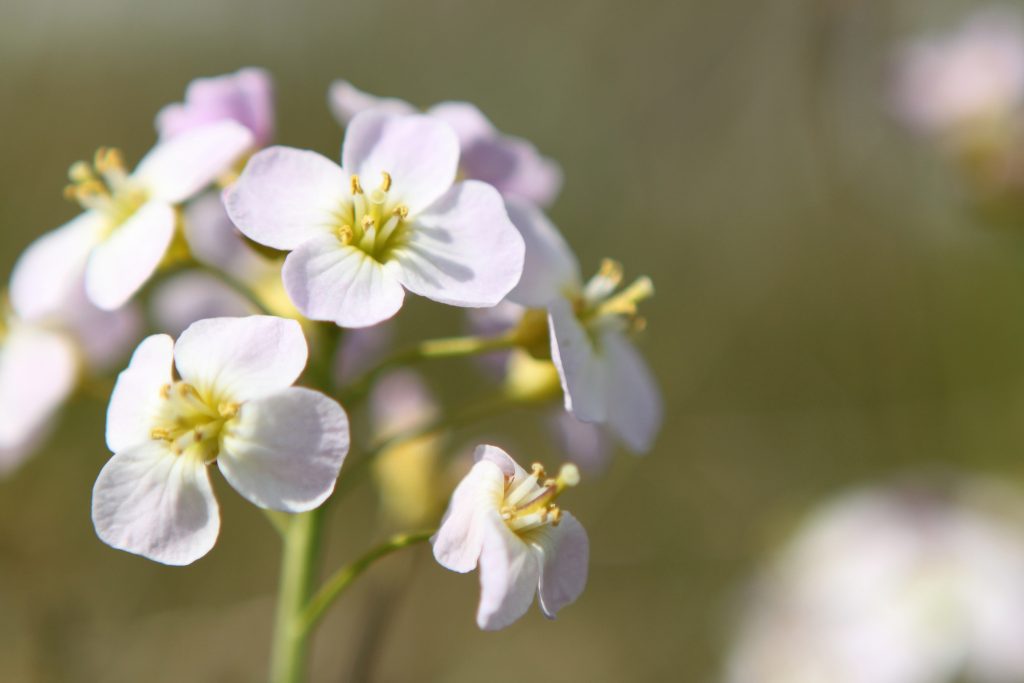
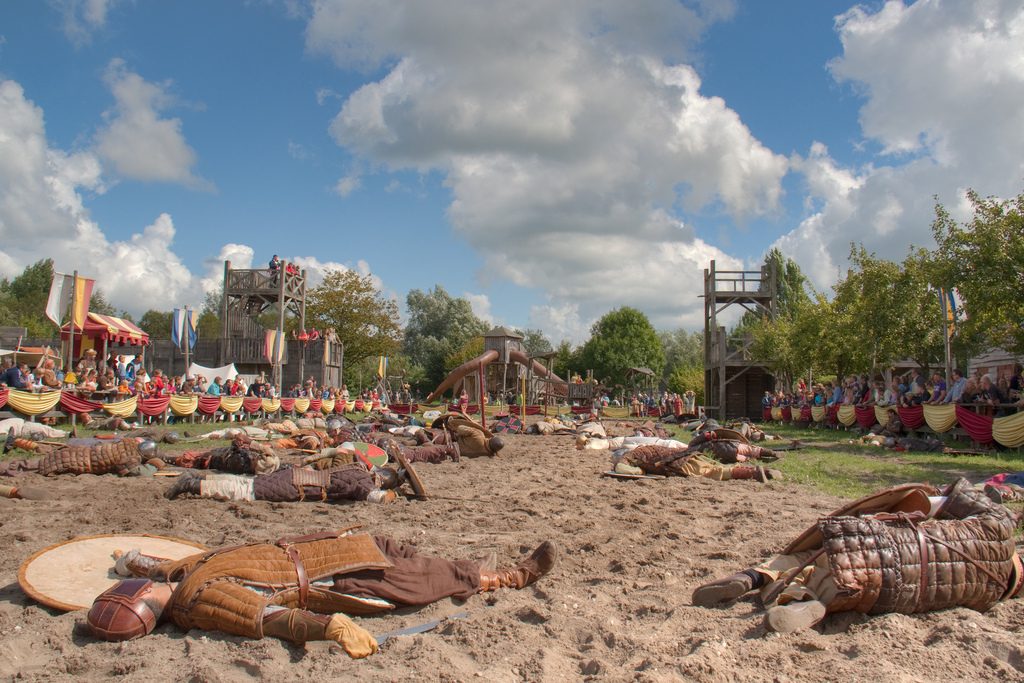
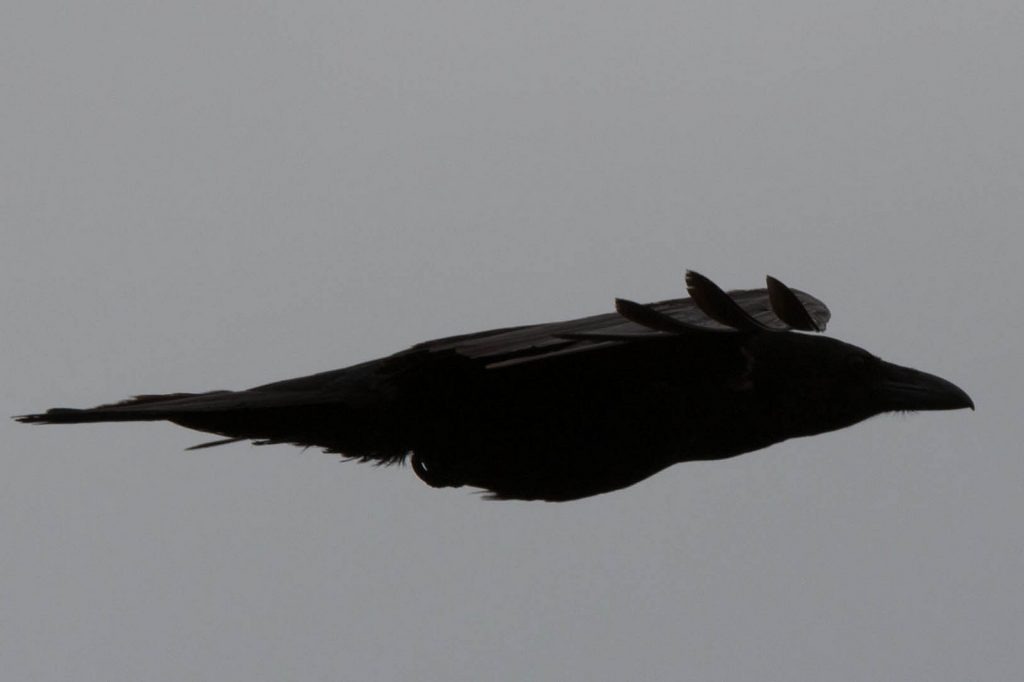
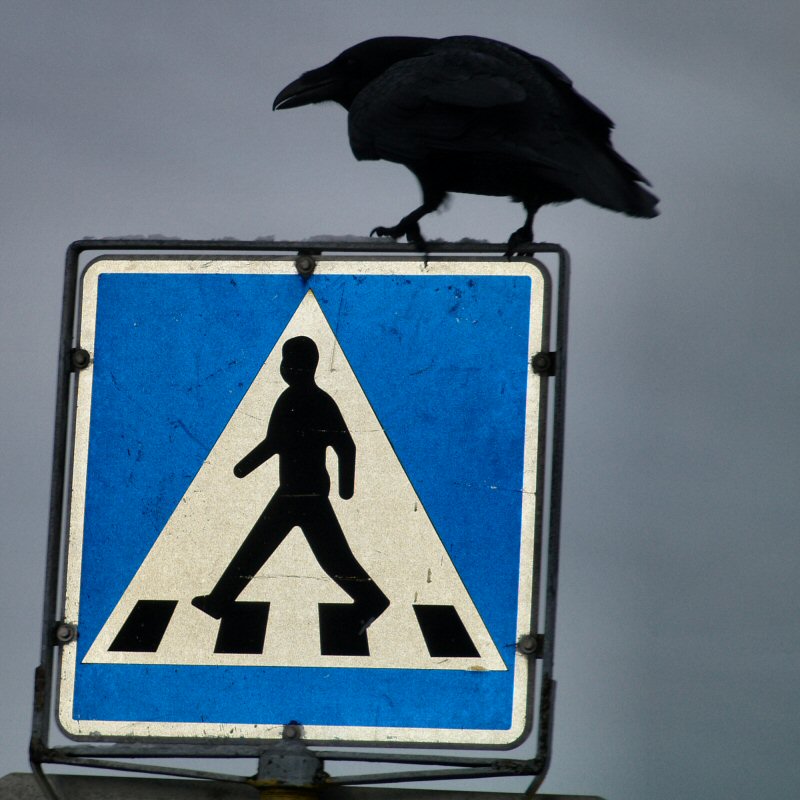


Comments:
Clive:
A post ago, you asked about other frightening lullabies. Here’s one from New York, to the tune of Frère Jacques:
Beating babies with a blackjack
is such fun,
is such fun.
How I love to beat them,
how I love to thrash them,
yum yum yum,
yum yum yum.
My children had both this and the black-eyed pig, with no mortal harm to their minds.
http://www.nytimes.com/1983/12/12/style/new-york-lullabies-on-tape.html.
hulda:
@Clive …that’s indeed a frightening lullaby! D: Fits right in with faces at windows.
Bibliophile:
I’d like to add my personal favourite raven-word: hrafnaspark = hard to read, ugly handwriting; scrawl. Literally “ravens’ kicking”.
It’s what people who have to read my handwriting frequently complain about.
hulda:
@Bibliophile Hahahah this is a great one! Very descriptive too, I think my handwriting is a bit raven-kick-y too. 😀